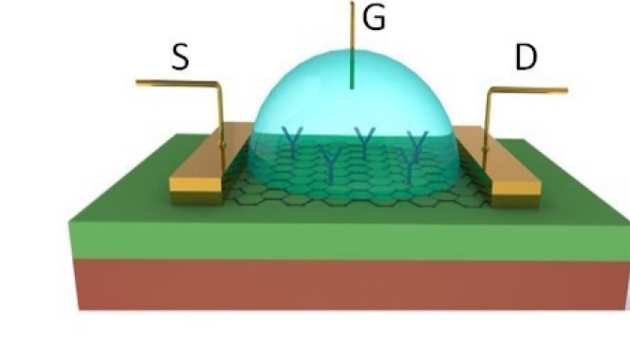About
Electromagnetism and Biochemistry: two disciplines, one goal.

Why is multidisciplinary sensor research so important ?
The current COVID-19 pandemic is a wake-up call with regards to the importance of sensor technology for our lives.
Cells, bacteria, virus particles, extracellular vesicles, complex biomolecules like antibodies, environmental hazards like NO2 gas molecules and man-made threats like explosives and biochemical weapons, need to be identified within a non-laboratory environment such as at the medical point-of-care or checkpoint settings.
Research and development of sensors is interdisciplinary and successful sensor concepts often rely on electrical, electromagnetic or photonic detection principles, which enable high sensitivity, combined with specificity achieved by labelling or immobilizing the object of interest through complex biochemical reactions.
The Network for Electromagnetic and Biochemical Sensors is a platform to showcase Imperial’s contribution to sensor research and development. It provides links to the groups within Imperial who are currently engaged with sensor research. Moreover, the networks organizes seminars and courses related to research, development and applications of sensor technology.
Example: GFET sensors

Graphene – a single layer of carbon – has an enormous potential for the development of a CMOS compatible sensor platform.
GFETs – graphene field effect transistors are from wafer scale chemically vapour deposited (CVD) graphene in Imperial’s clean room facilities at the new White City Campus.
Sensing relies on electrical detection of changes in the GFET’s current-voltage characteristics induced by molecular charges within the nanometer scale vicinity of the graphene surface.
Carbon-nanodot enhanced GFETs have shown unprecedented high sensitivity for detection of exosomes as early stage cancer biomarker.


